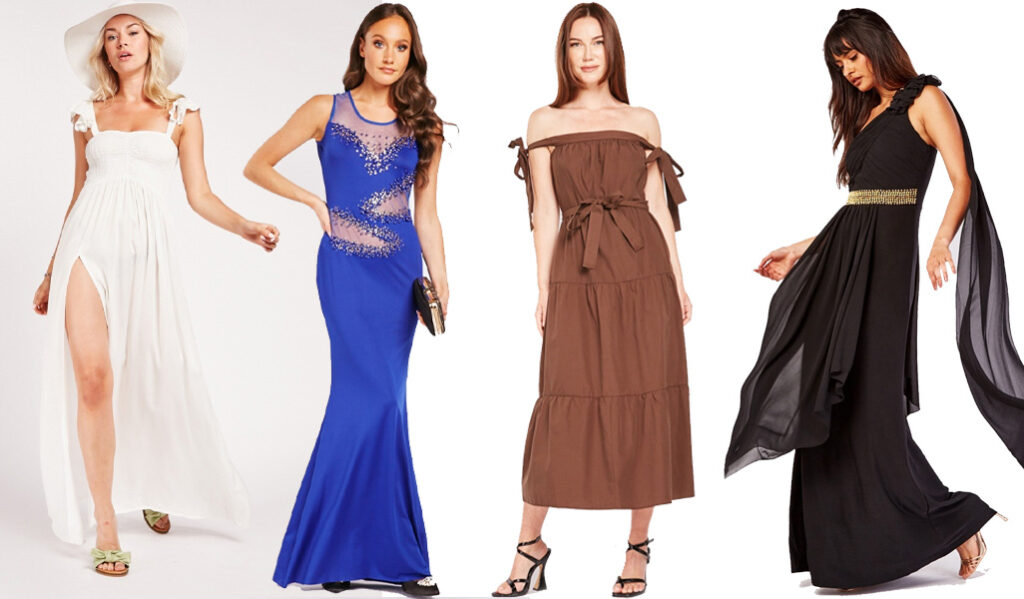What is Sustainable Fashion?
Sustainable fashion is a movement that promotes environmentally and socially responsible practices in the fashion industry. It encompasses all aspects of the fashion supply chain, from the production of raw materials to the manufacturing, transportation, and disposal of clothing.
Goal of Sustainable Fashion
The goal of sustainable fashion is to reduce the negative impact of the fashion industry on the environment and on society. This includes reducing greenhouse gas emissions, reducing water usage, minimizing waste, and improving working conditions for garment workers.
Sustainable fashion involves the use of sustainable materials, such as organic cotton, recycled fabrics, and plant-based materials, as well as innovative production techniques that minimize waste and reduce energy consumption. It also involves ethical and fair labor practices, such as paying workers fair wages, providing safe working conditions, and respecting workers’ rights.
Sustainable fashion also emphasizes the importance of extending the life cycle of clothing through practices such as repair, reuse, and recycling. This reduces the amount of clothing that ends up in landfills, conserves resources, and minimizes the environmental impact of the fashion industry.
Overall, sustainable fashion is about creating clothing and accessories in a way that is socially responsible, environmentally friendly, and economically viable. It seeks to create a more sustainable and equitable fashion industry that benefits both people and the planet.
Sustainable fashion has become a hot topic in recent years, and for good reason. The fashion industry is one of the largest contributors to environmental damage and pollution, and there is growing concerned about the impact of fast fashion on workers and communities around the world. In the United States, there has been a significant shift towards more sustainable fashion practices in recent years, as consumers become more aware of the impact of their fashion choices and demand more sustainable options.
Sustainable Fashion Brands
One of the biggest trends in sustainable fashion in the United States is the rise of ethical and sustainable fashion brands. These brands are focused on creating clothing and accessories that are made from sustainable materials, such as organic cotton, recycled fabrics, and plant-based materials. They also prioritize ethical production practices, ensuring that workers are paid fair wages and treated with respect and dignity.
Many of these sustainable fashion brands are small, independent companies that are working to create a more sustainable and ethical fashion industry from the ground up. Some examples of these brands include Reformation, Patagonia, and Everlane. These companies are committed to creating clothing that is both stylish and sustainable, and they are using innovative materials and production techniques to achieve this goal.
Sustainable Fashion in Vintage Clothing
Another trend in sustainable fashion in the United States is the rise of secondhand and vintage clothing. Many consumers are now choosing to shop at thrift stores and consignment shops, rather than buying new clothing. This trend is driven in part by environmental concerns, as buying secondhand clothing helps to reduce the amount of clothing that ends up in landfills. It is also driven by a desire for unique and individualized fashion, as vintage clothing is often one-of-a-kind.
Sustainable Fashion Clothing Rental Services
Some retailers have also embraced the trend toward sustainability by offering clothing rental services. Companies such as Rent the Runway and Le Tote allow consumers to rent high-end clothing and accessories for a fraction of the cost of buying them outright. This allows consumers to experiment with different styles and trends without committing to buying new clothing, which can help to reduce waste and encourage more sustainable fashion practices.
Why US Government Promoting Sustainable Fashion?
In addition to these consumer-driven trends, there are also a number of government and industry initiatives aimed at promoting sustainable fashion in the United States. One example is the Sustainable Apparel Coalition, which is a group of companies, nonprofits, and government organizations that are working together to reduce the environmental and social impact of the fashion industry. The coalition has developed a tool called the Higg Index, which measures the sustainability of apparel and footwear products across their entire lifecycle.
The United States government has also taken steps to promote sustainable fashion. In 2019, the House of Representatives introduced the Sustainable Fashion Act, which aims to promote sustainable practices in the fashion industry by providing funding for research and development of sustainable materials and production methods, as well as supporting the development of sustainable fashion education programs.
Challenges in Sustainable Fashion
Despite these positive trends and initiatives, there are still significant challenges facing the sustainable fashion industry in the United States. One of the biggest challenges is the cost of sustainable materials and production methods. Sustainable fashion is often more expensive than traditional fashion, and many consumers are not willing or able to pay a premium for sustainable clothing.
Another challenge is the lack of transparency in the fashion industry. Many companies do not disclose information about their supply chains or production methods, making it difficult for consumers to make informed choices about the sustainability of the clothing they are buying. This lack of transparency also makes it difficult for advocacy groups and other organizations to hold companies accountable for their environmental and social impact.
Conclusion
In conclusion, sustainable fashion is a growing trend in the United States, driven by consumer demand, government initiatives, and the efforts of sustainable fashion brands and retailers. While there are still significant challenges facing the industry, there is reason to be optimistic about the future of sustainable fashion in the United States. As consumers become more aware of the impact of their fashion choices, and as more sustainable fashion.



